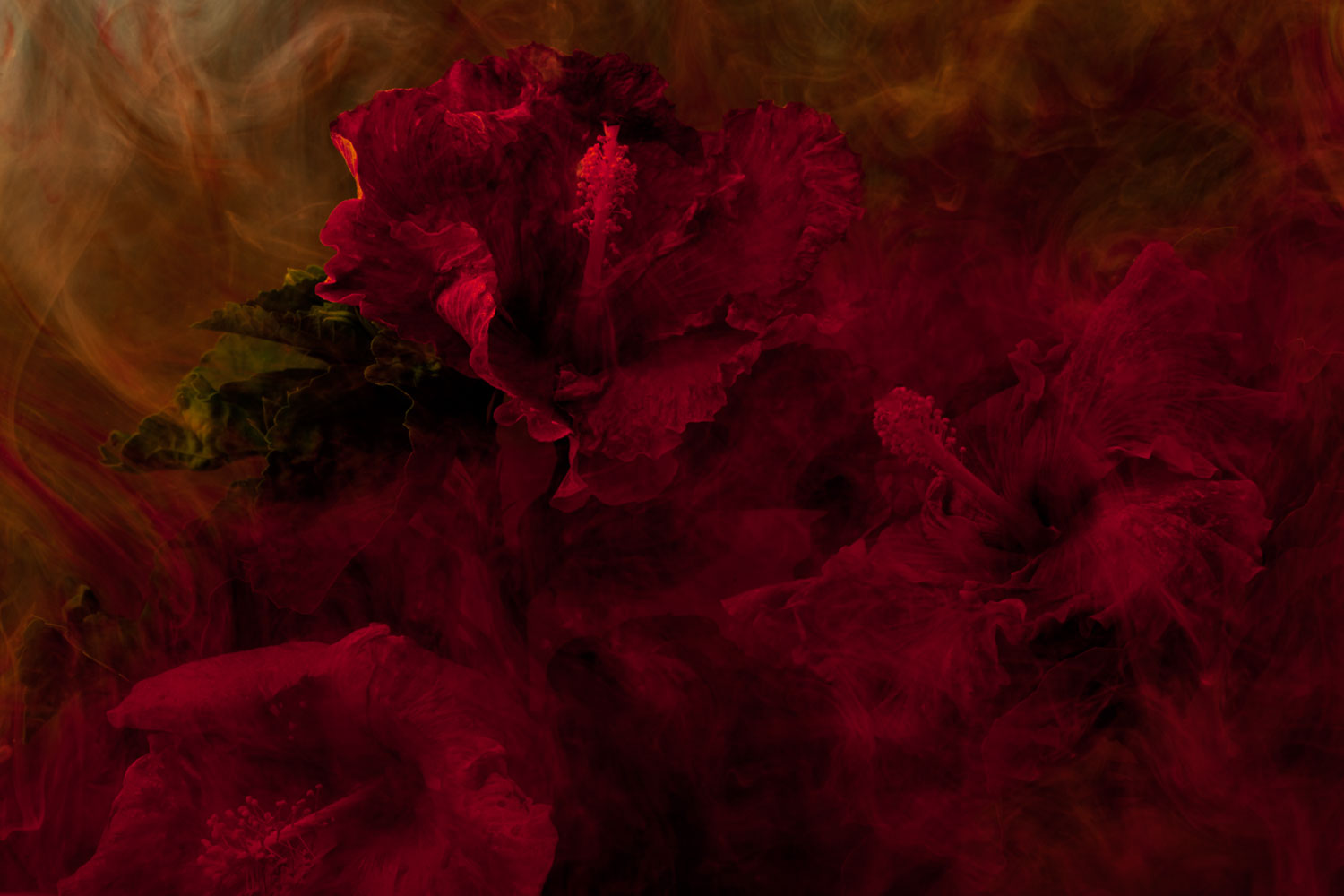
Though the sumptuous images in Dustin Arnold and Nicholas Cope’s Stamen series may resemble a throwback to the romantic oil paintings of the 19th century, they’re actually the contemporary result of a string of combinations: first of ideas, then of chemical reactions and photography.
The seeds of the work were planted back in the late aughts when Arnold, an art director with a background in fashion, and Cope, a still-life photographer with a focus on architecture, first met while working together on a commercial project. They became fast friends, recognizing in each other a desire to go beyond basic editorial work and move into the world of fine art. So they teamed up, working together in their free time. “Besides getting along really well and having similar tastes and perspectives on producing work, it was really an opportunity to do something that satisfied our own desires and own needs,” says Arnold, on the phone from Los Angeles where he and Cope are both based.
They planned to create a series of projects, which they could then distribute via their own periodical publication. Slated for release in early 2012, Stamen is the second project of their endeavor, full of lush images which represent the life-cycle of a flower. The duo say the idea was inspired by the abstract photography Cope had been experimenting with, which Arnold found intriguing and wanted to take further. They then began building ideas off one another’s suggestions.
“It kind of led us to work on something really classical like flower arrangements and to turn it on its head a little and start experimenting with chemicals,” says Arnold. “A very New World thing combined with an Old World thing like paintings of flower arrangements.” The dreamy, hazy look of each photograph was created by combining substances such as dry ice, sodium chloride, lye, and what they dub other “household chemicals you shouldn’t really mix together,” and applying them to traditional floral arrangements.
While the flowers were all meticulously arranged and color was discussed endlessly, the duo really had no idea what to expect once the chemicals were applied and the camera started snapping. “It was all preparedness for what we didn’t know was going to happen,” says Cope, laughing, though he adds that both he and Arnold were more than happy with the final outcome of the images.
Though a team consisting of an art director and a photographer isn’t unusual for any project, Arnold and Cope both say that their method of working together — slowly, thoughtfully, with a curious, rather than a commercial, motivation — is unique and has allowed them to create work that they find satisfying. And though they fully collaborate on their work as they each bounce ideas off of one another, Cope says they don’t compromise anything.
“We’re really just making exactly what we want to make. Which is rare. ”
More of Nicholas Cope’s work can be seen here and more of Dustin Arnold’s work can be seen here.
Megan Gibson is a writer-reporter at the London bureau of TIME. Find her on Twitter at @MeganJGibson.

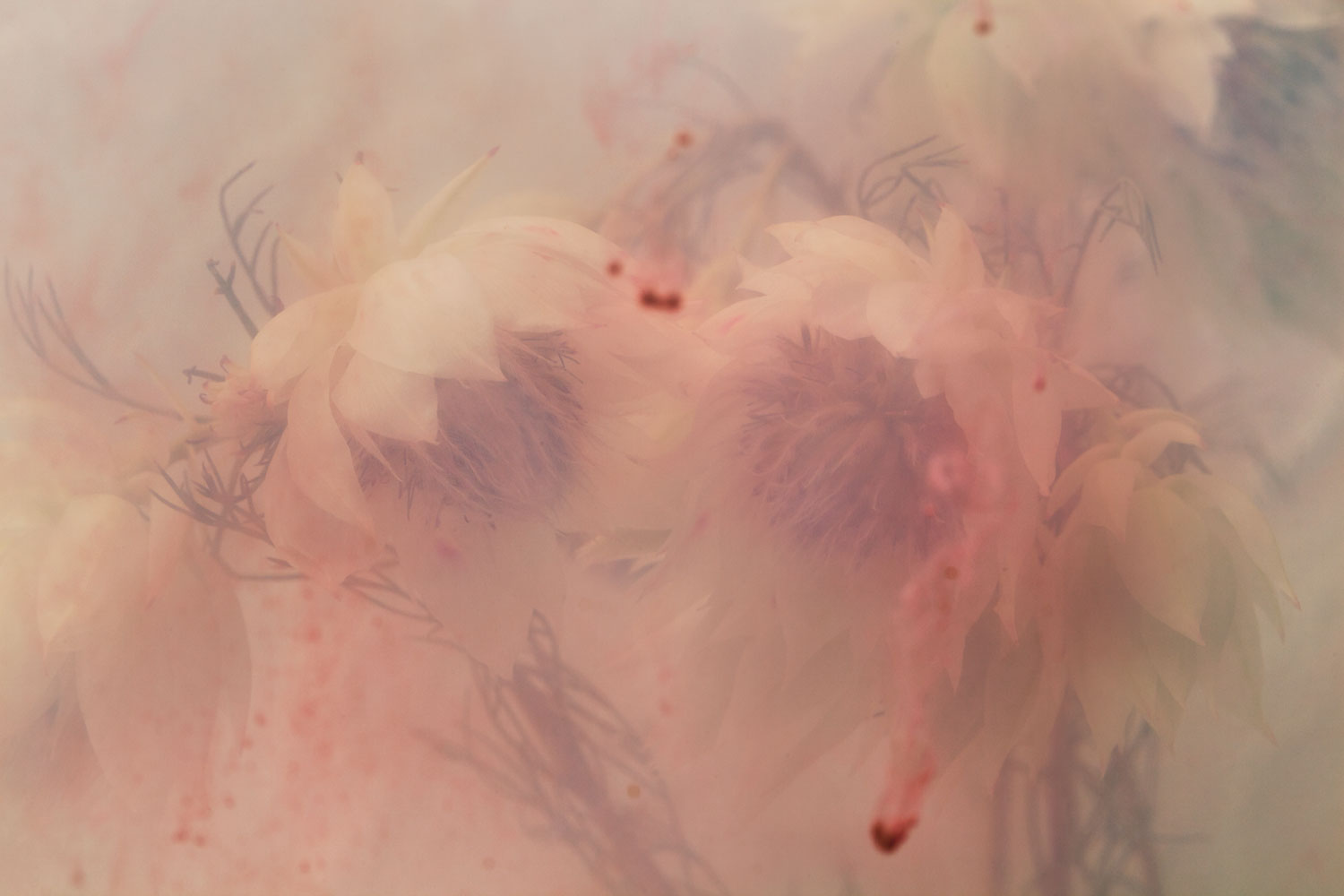
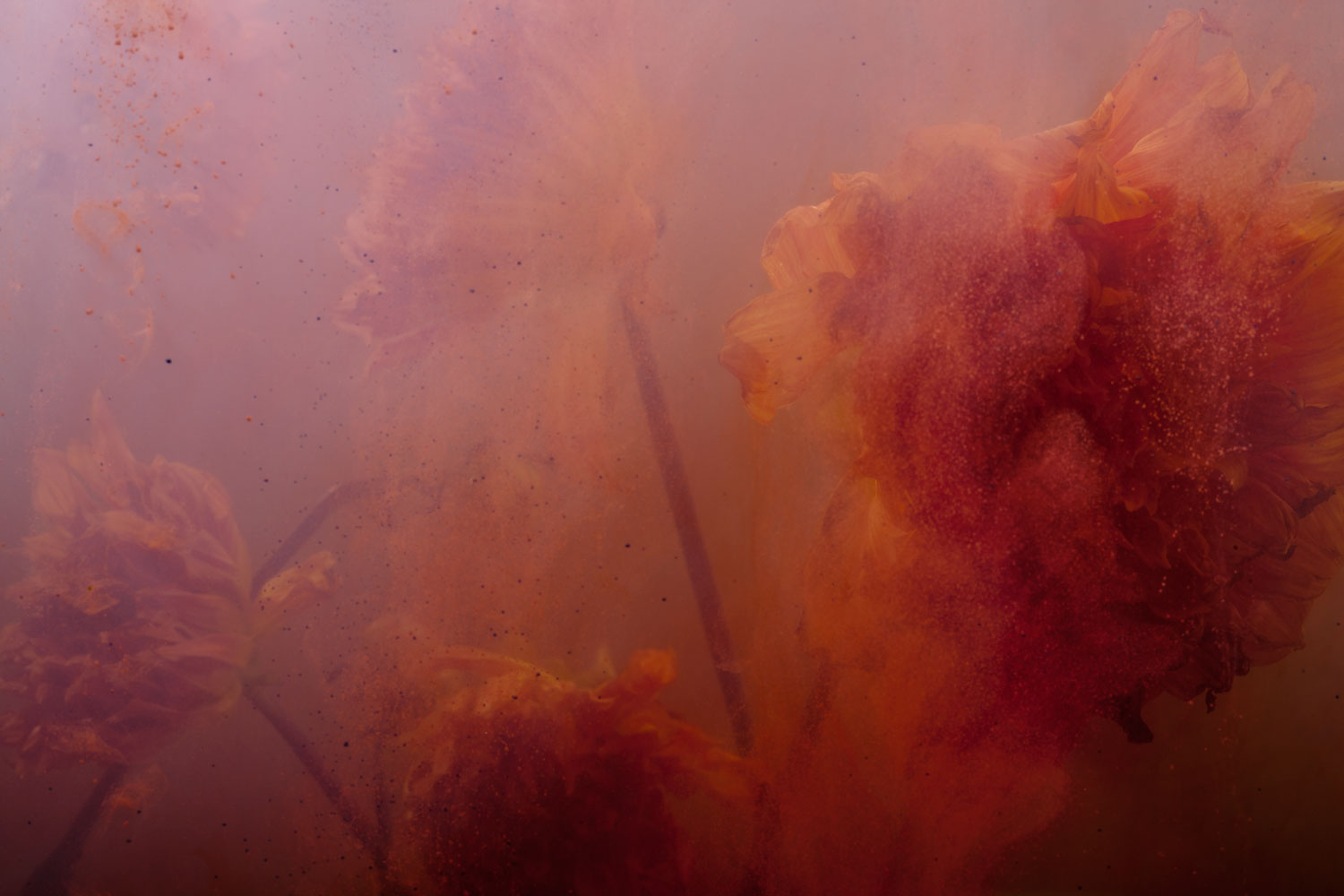
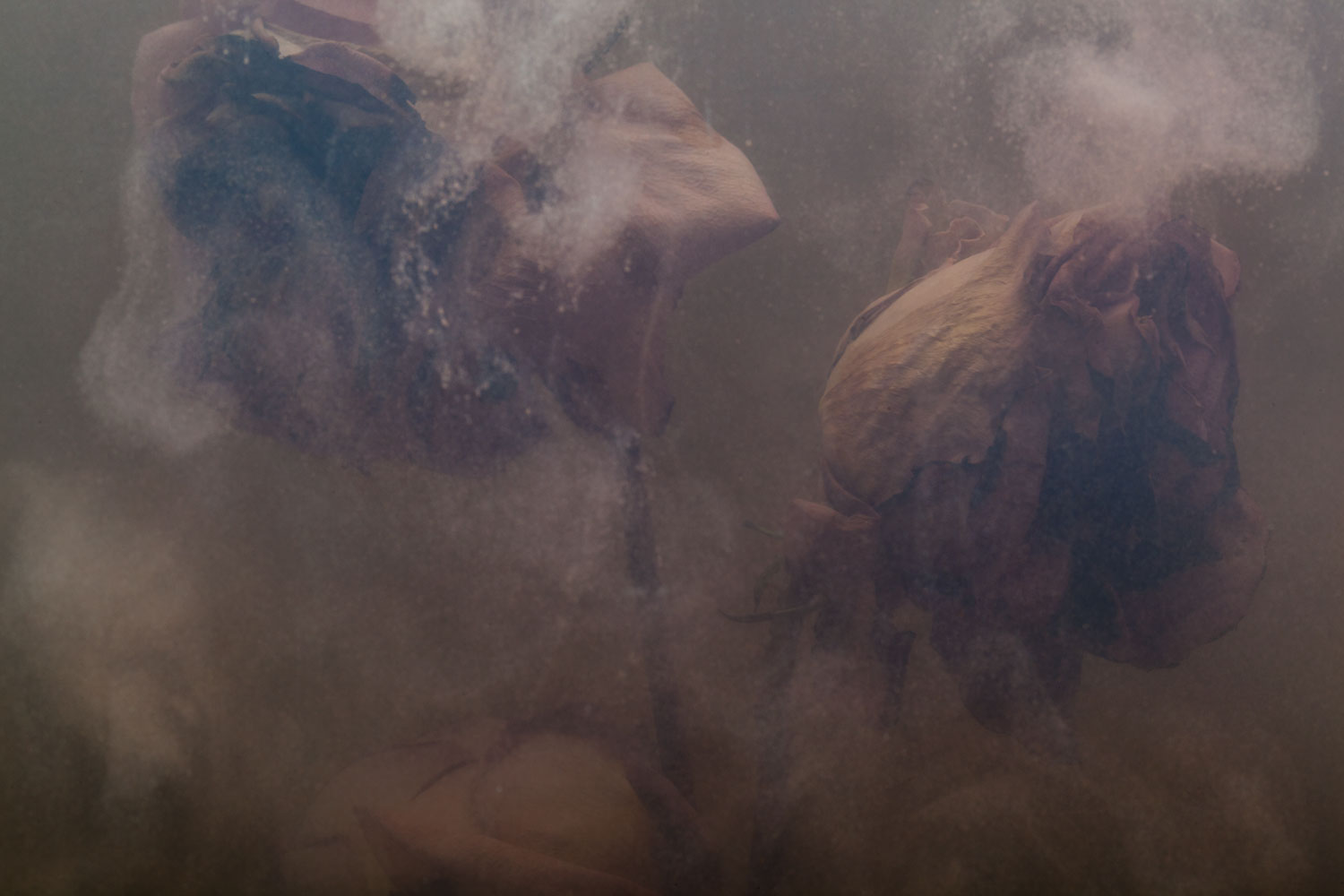
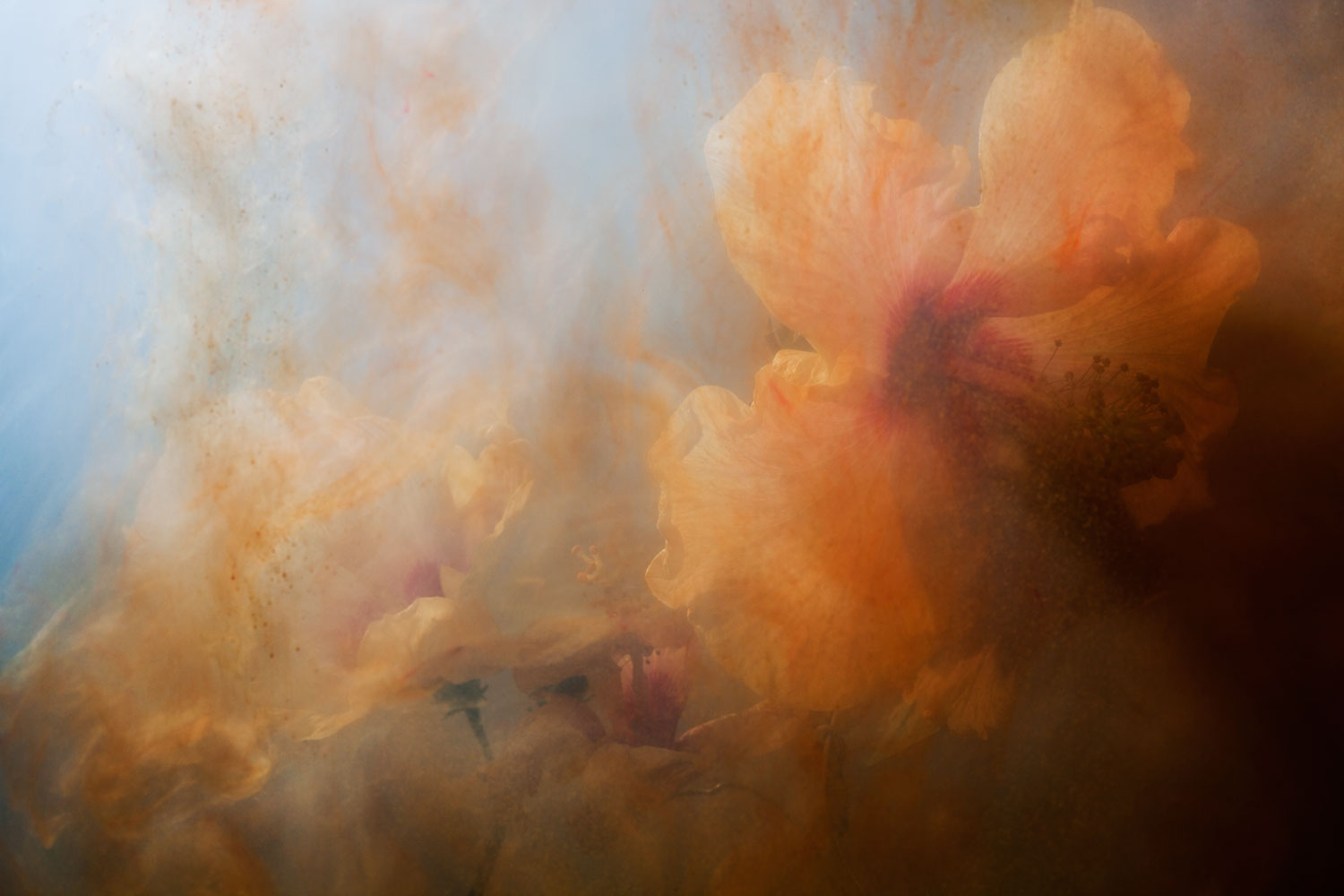
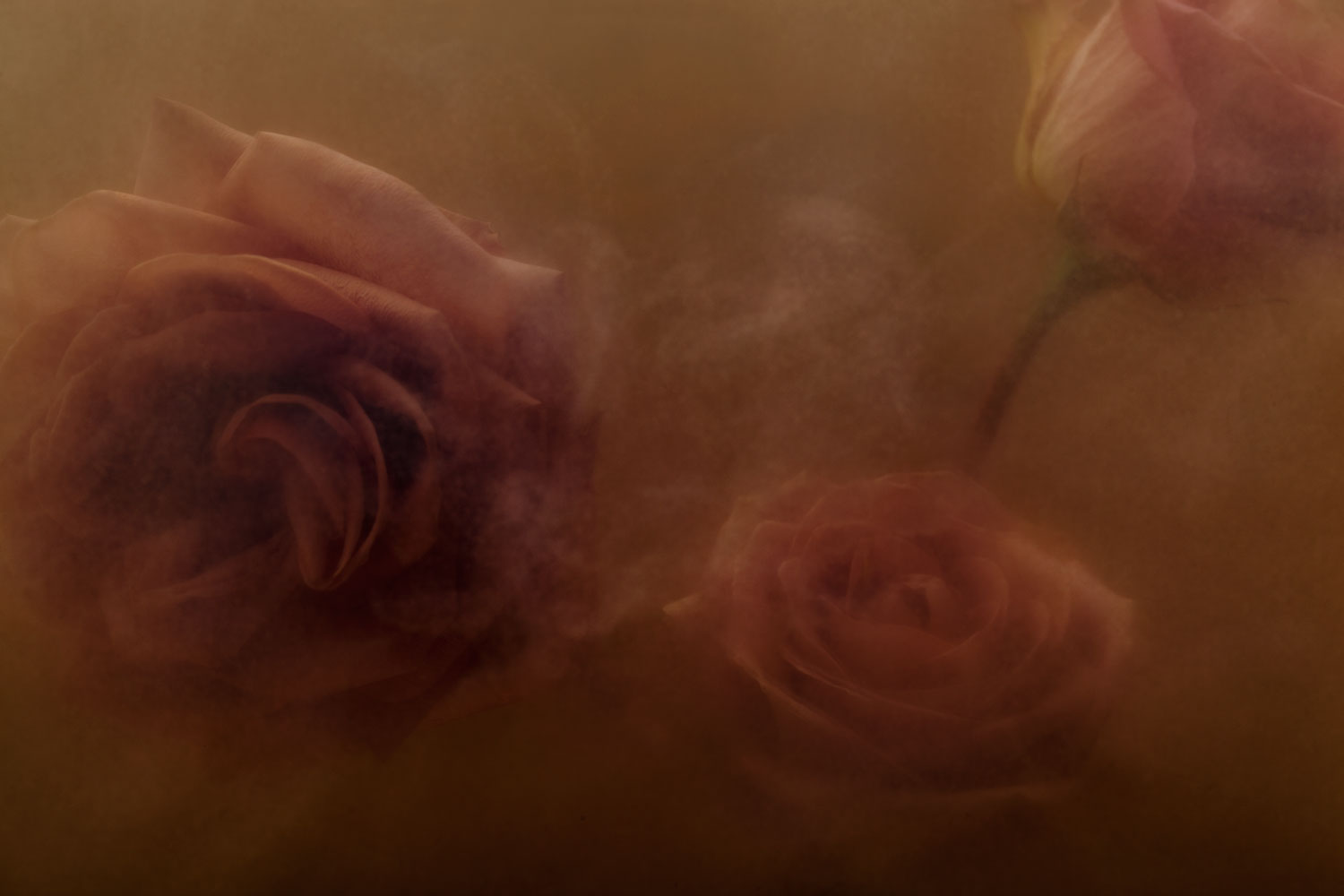
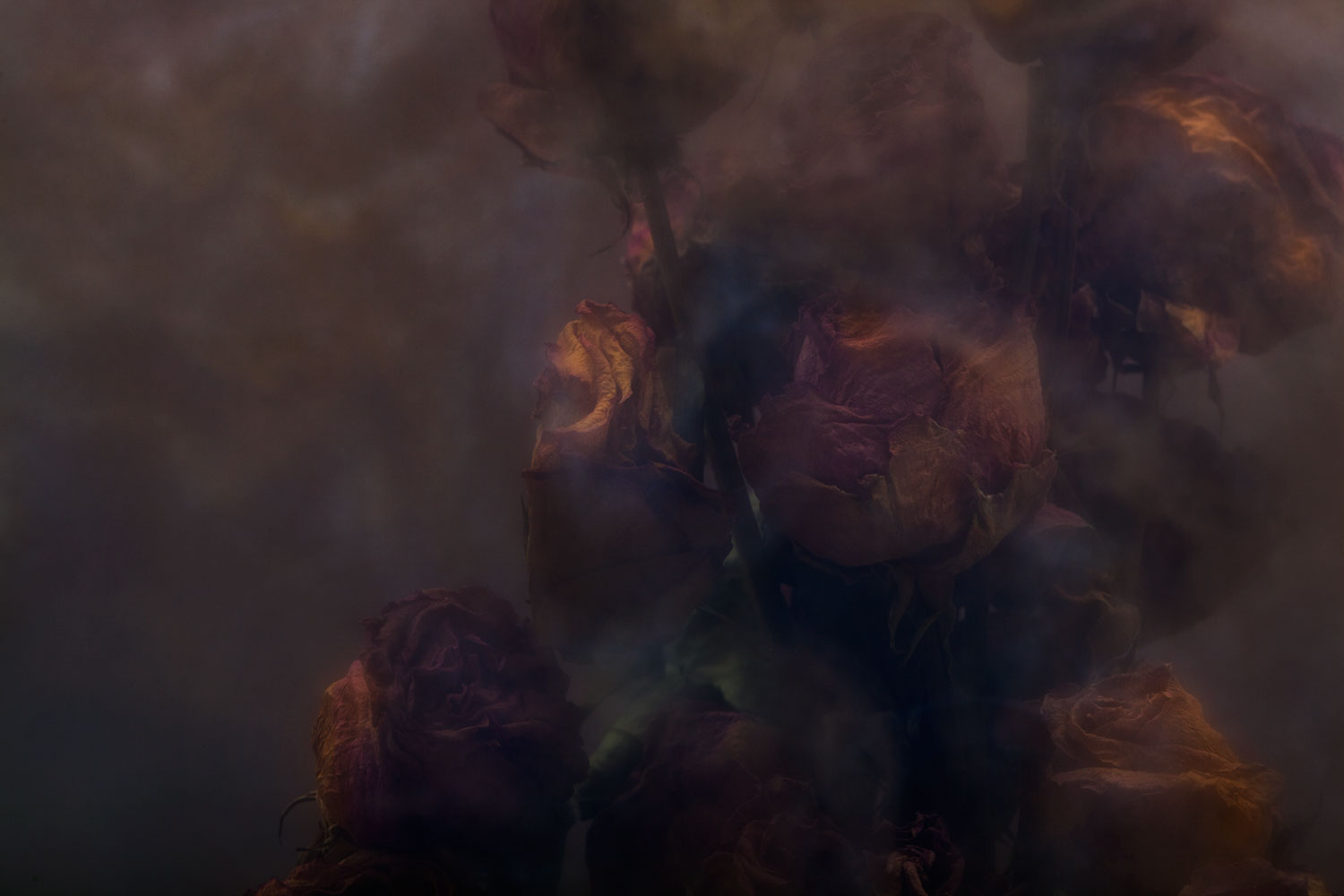

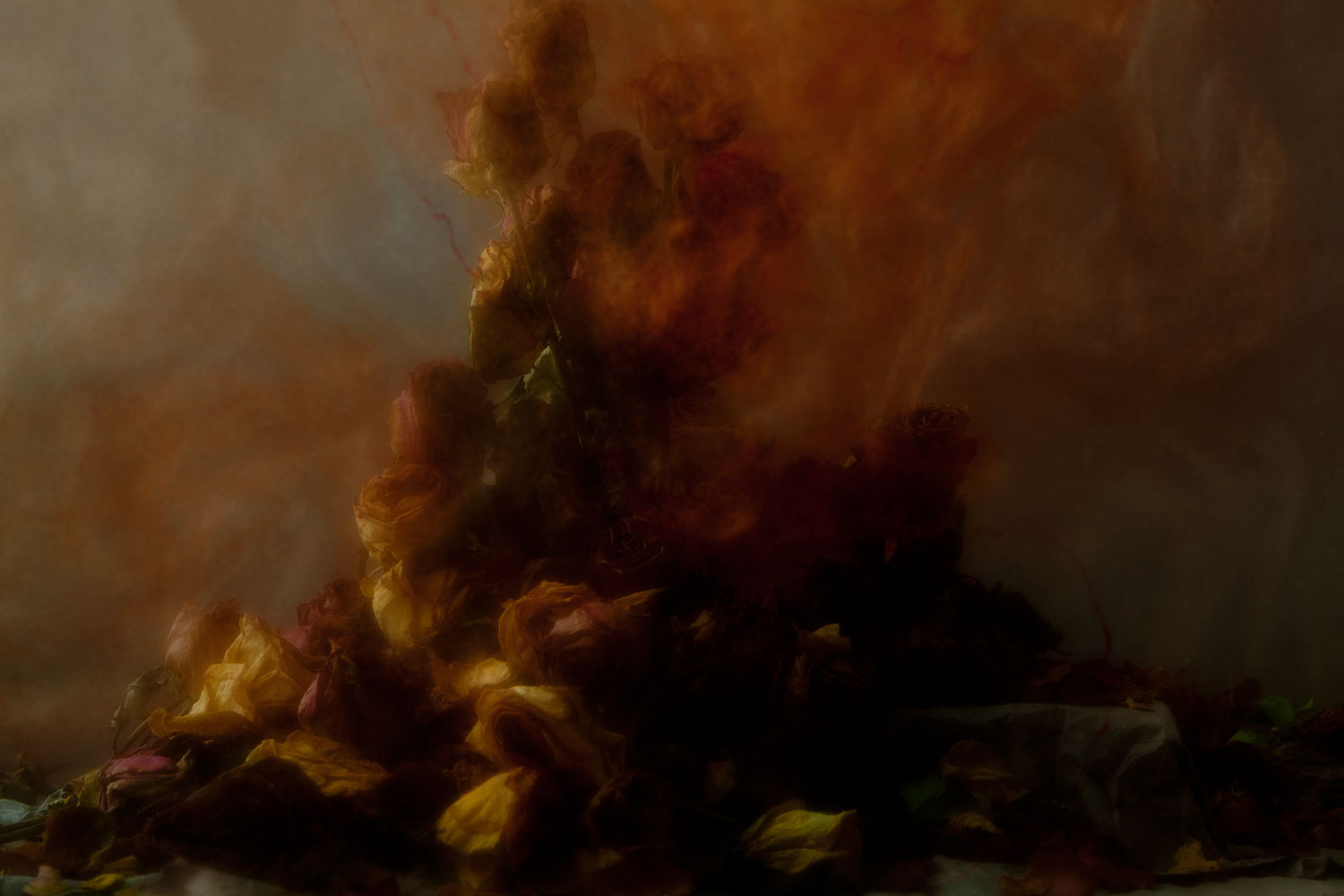
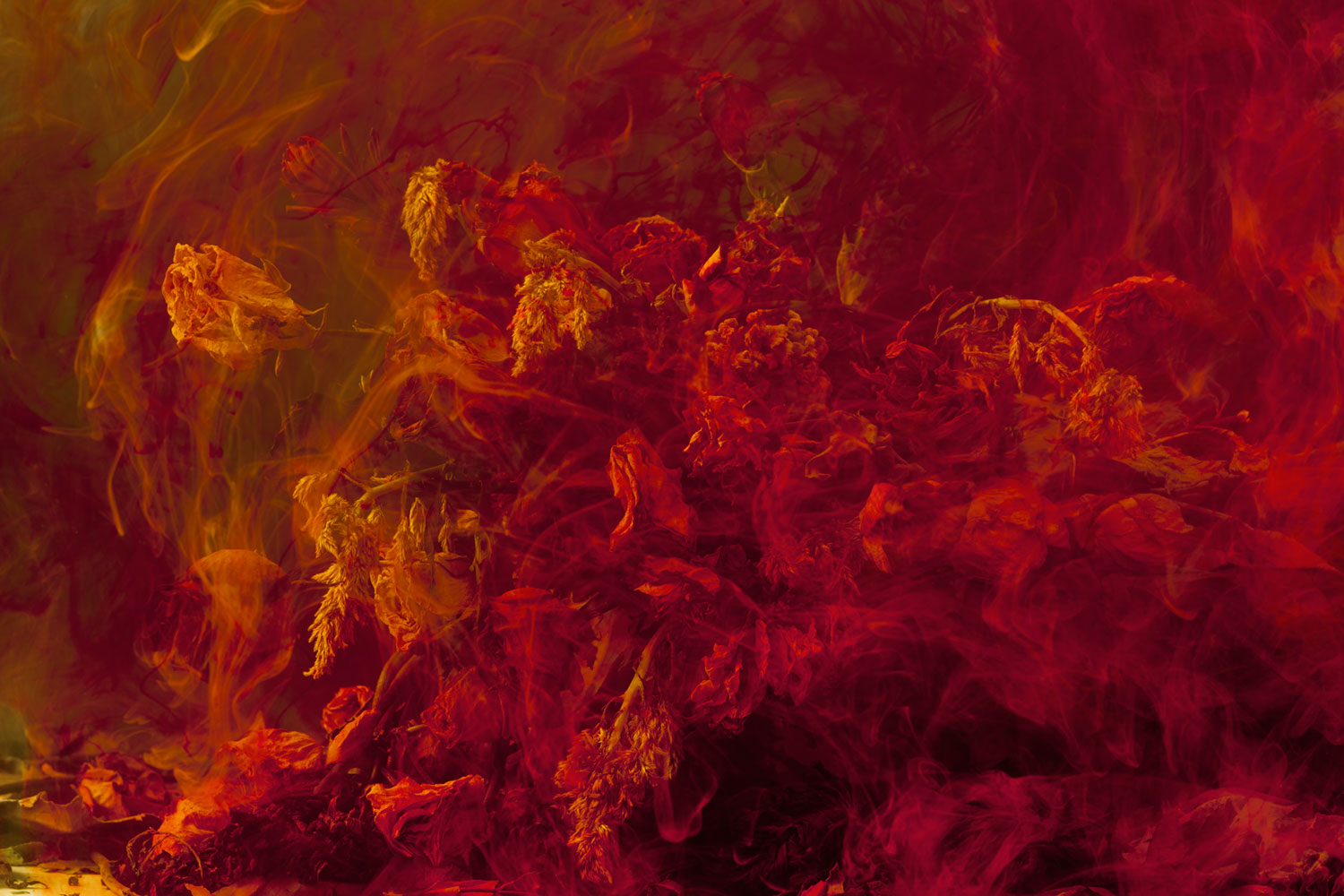
More Must-Reads from TIME
- Donald Trump Is TIME's 2024 Person of the Year
- Why We Chose Trump as Person of the Year
- Is Intermittent Fasting Good or Bad for You?
- The 100 Must-Read Books of 2024
- The 20 Best Christmas TV Episodes
- Column: If Optimism Feels Ridiculous Now, Try Hope
- The Future of Climate Action Is Trade Policy
- Merle Bombardieri Is Helping People Make the Baby Decision
Contact us at letters@time.com